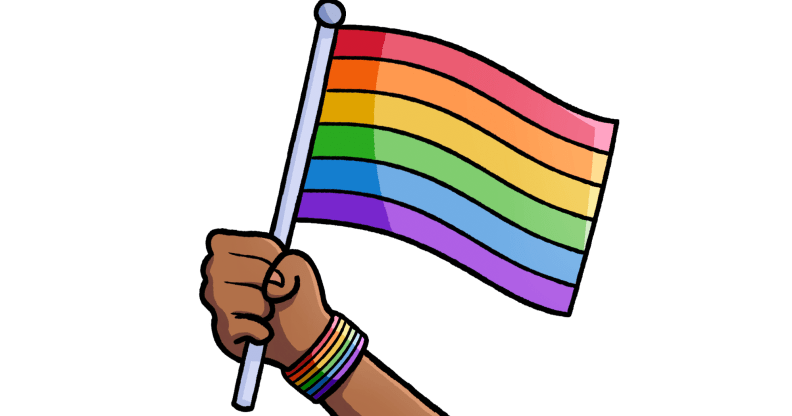One in five US gays and lesbians writes a blog

According to a recent survey of Americans conducted by Harris Interactive, gay and lesbian adults online are reading and writing more blogs than their heterosexual counterparts.
When asked, just over half (51 percent) of the gay and lesbian respondents reported reading some type of blog, compared to 36 percent of heterosexual adults.
A similar question on blog readership also was asked in November 2006, and at that time 32 percent of gay and lesbian adults then reported reading blogs.
The new nationwide survey of 2,733 U.S. adults, (ages 18 and over), of whom more than 13 percent, or 362, self identified as gay or lesbian (which includes an oversample of lesbian, gay, bisexual and transgender adults), was conducted online between March 11 and 19, 2008, by Harris Interactive, a global market research and consulting firm, in conjunction with Witeck-Combs Communications.
Gay and lesbian adults are also more active in and connected to the blog medium.
When asked to choose from a list of online activities, 27 percent of gay and lesbian adults reported posting a comment on a blog in the last month, compared to 13 percent of heterosexuals.
Also, more than one out of five (21%) gay and lesbian respondents said they had written a personal blog in the last month, compared to 7 percent of heterosexuals.
Regarding the varied interests of blogs, the survey found 28 percent of gay and lesbian adults reported reading news and current issue blogs, compared to 19 percent of heterosexuals.
More than a quarter (26%) of gay and lesbian adults also read entertainment and pop culture blogs, compared to 11 percent of heterosexuals.
Given the heightened interest in this year’s electoral contests, a significant number, nearly one-quarter (23%), of gay and lesbian adults also read political blogs. In comparison, only 14 percent of heterosexual adults reported reading political blogs.
Gay and lesbian adults also feel more positive towards advertisements found on blogs. Nearly one in five (19%) reported that they felt positive towards advertisements, compared to 8 percent of heterosexual adults.
And in a similar study conducted two years ago, roughly the same proportion (21%) of gays and lesbians reported feeling positively towards blog ads.
“Studies consistently show that gays and lesbians are leaders in online usage, are very keen to find relevant and timely information, and feel more strongly about staying on top of latest trends,” said Wes Combs, President of Witeck-Combs Communications.
“Blogs are fast shaping the media landscape, and it is one medium that marketers and advertisers can’t afford to ignore, especially when it comes to reaching gay and lesbian influencers, voters and consumers.”
Apart from blogs, gay and lesbian adults also participate in other online activities more than heterosexuals.
Half (50%) of gay and lesbian adults say they have sent instant messages (IMs) in the last month, compared to just one third (34%) of heterosexual adults.
When asked overall, in a typical month, how often they send instant messages to friends or other people, for reasons other than work-related tasks, 25 percent of gay adult men responded that they send instant messages at least once a day.
In comparison, only 15 percent of heterosexual adult men said they did.
A similar trend can also be seen in online communities and dating websites. A majority (57%) of gay adult men online declare they are a member of a social networking web site, compared to 37 percent of heterosexual men.
Also, two out of five (42 %) gay and lesbian adults have visited an online social community or network in the last month, compared with roughly a third (32%) of heterosexuals.
Just over one-quarter (26%) of gay adult men reported visiting a dating or match-up site in the last month, compared to 9 percent of heterosexual male adults.
Harris Interactive conducted the study online within the United States between March 11 and 19, 2008, among 2,733 adults (ages 18 and over), of whom 2,302 indicated they are heterosexual and 326 self-identified as gay or lesbian (this includes an over-sample of GLBT adults). No estimates of theoretical sampling error can be calculated; a full methodology is available at www.witeckcombs.com.
© 2008 GayWired.com; All Rights Reserved.

